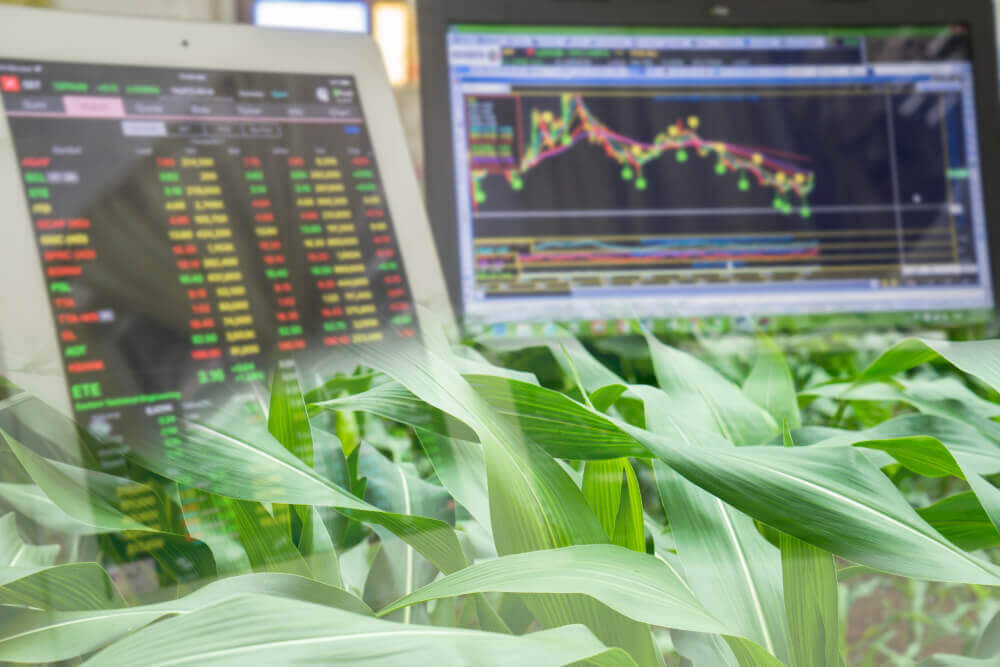According to a recent analysis conducted by the strategic consulting and market research firm BlueWave Consulting, the global agricultural commodities market expect to increase at a 6.9 percent CAGR. The market’s expansion can attribute to various causes. Including increased per capita income, a shift toward a healthier lifestyle, and rising adoption rates of digital technology to improve agricultural product quality. Furthermore, increased fertility rates in Sub-Saharan African developing nations expect to boost demand for agricultural commodities in the following years. It will contribute to the global agricultural commodities market.
Even though fertility rates are down, there is little to no evidence of a drop in childbearing. According to one study, every 1000 adolescents between the ages of 15 and 19 in low-income nations give birth to 94 children. Agricultural production remains the dominant economic activity in Sub-Saharan Africa. It is contributing to the rise in demand for farm products. Hence, as a result, to the expansion of the global agricultural commodities market.
Digital Technologies in Agriculture
The agricultural industry is the least digitally prepared of the three sectors of the economy. However, the tendency changes as farmers begin to use digital technologies in agricultural processes. This improves production while also improving product quality. The digital factor could be beneficial to developed economies. However, the deployment of such technology has been crude in many underdeveloped countries. According to the Food and Agriculture Organization, Precision agriculture is the new agricultural standard that has emerged.
Regional Insights
The worldwide agricultural commodities market organize into five regions: North America, Europe, Asia-Pacific, Latin America, and the Middle East and Africa. The Asia-Pacific region, of them, happens to dominate the global agricultural commodities market. The area includes some of the world’s largest but still developing economies, such as China, India, Indonesia, and Thailand, the primary producers of agricultural products.
According to the Indian Brand Equity Foundation, India produced 296.63 million tons of food grains in fiscal 2020. It grew by 11.21 million tons from the previous year. Other developing countries’ agricultural output is also increasing.
COVID-19 Impact Analysis
Food consumption fell in the worldwide agricultural commodities market as a result of the COVID-19 epidemic. The first impact of various countries’ nationwide lockdowns was felt most strongly by developing countries such as China and India due to disruptions in their supply networks. However, agricultural commodities, being one of the essential commodities for consumption, aided in resolving supply chain issues between nations. However, with the rise of the delta variety followed by little efforts by developing-country governments, the sector may experience another fall in the coming months.
A decrease in meat consumption accompanies it. Experts advocate a healthy diet to strengthen the immune system’s ability to combat the COVID-19 virus. Consumption of processed meat impairs one’s diet, making a healthy lifestyle impossible to sustain. It has begun to move its focus toward expanding agricultural commodity consumption, which is helping to the growth of the global agricultural commodities market.
Global agricultural commodities market participants utilize current technologies to generate diverse commodities to support the global agricultural commodities industry’s growth. As a result, new market entrants will have more opportunities to obtain a competitive advantage. As a result, numerous participants in the global agricultural commodities market will likely increase their market share shortly.











